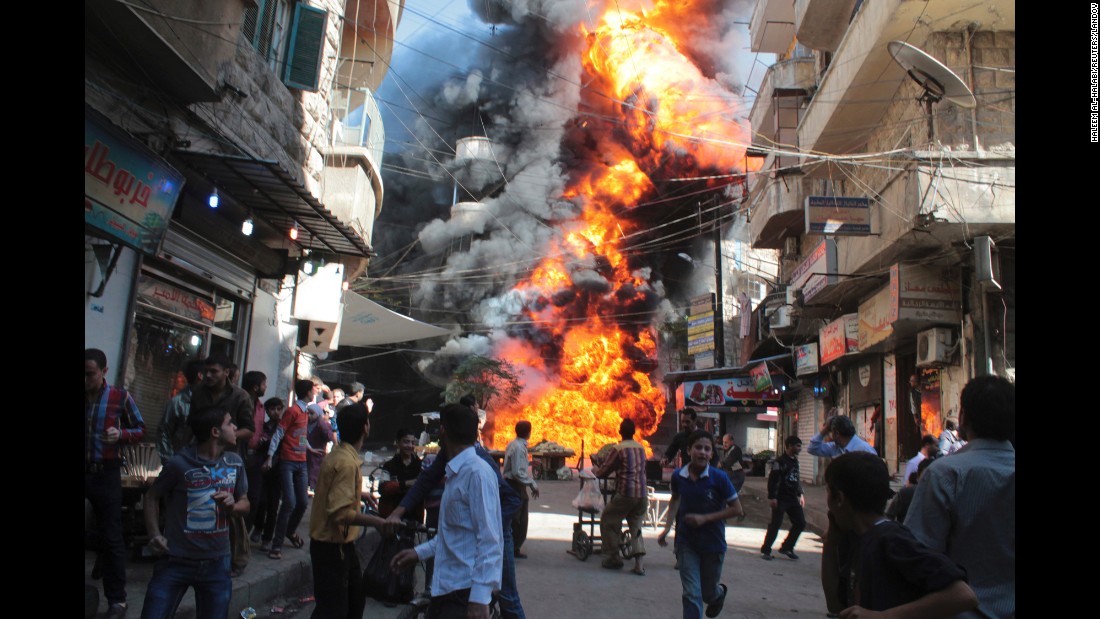The year 2013 was the worst for the Syrian people, when field data showed a bleak picture for the future situation in the country amid a sharp increase in political and economic pressure. The steadfastness of the Syrian Arab Army and its fighters, in addition to the determination of the Syrian people in defending their past and present, and the insistence of the Syrian command on overcoming these negative developments, were the reason for the end of this black reality, and the beginning of a new stage with the title: “restoring control.”
So as not to linger on years that have passed, which grow more distant every day, we must understand the importance of the current situation, based on the important and strategic advance toward the Iraqi-Syrian border, which has economic and military dimensions. Surprisingly, even the militias supported by America have announced and presented footage and then live media coverage about the Syrian army and its allies establishing points and bases on the border, to send a clear message that the American “pocket” which it wants to create has ended, not just in theory but in practice.
The constant American pretext for any aggression on the Syrian Arab Army in the desert has been that these forces have entered into the areas of its militias. But this argument has turned against them, as the “corridor” from the east to the west has become integrated and points have been established within it reaching to the Iraqi border, with this transformative strategic development signifying the first in the stage of the defeat of the aggressor and its retreat.
The second change, also on the field, is an increase in the pace of infighting occurring between the militias in the areas they control inside the Eastern Ghouta, Idleb and the Aleppo countryside, and recently Daraa, which is not related to individual cases or misunderstandings, but from deep differences on many matters, including absolute control, money, smuggling and drug dealing — and let us not forget the dependence on countries that have begun to feud amongst themselves, accompanied with a state of restlessness that has become exposed in the “popular base,” which has mobilized repeatedly and consistently against these militias, to the extent that reactions of this base have revealed a situation of anger waiting for a moment to expose everything that has happened, which was evident in Barzeh recently.
The third change is the escalating political war between the countries sponsoring terrorism in Syria, as Saudi Arabia and Qatar have clashed, with the rams beginning to kick, and Riyadh announcing its decision to dress Qatar’s ruler Tamim bin Hamad in Saudi garb, according to the Saudi vision, by forcing the dignity of the Al-Thanis (the Qatari ruling family) to be uprooted finally in the Gulf with the accusation that it supports terrorism ready.
Terrorism is supported by both sides, for which Syria is the primary stage, however now it is the weapon Saudi Arabia is using to justify its campaign against Qatar. We find ourselves before a frank disclosure of cards, confirming all that the Syrian state said previously about support, organization and terrorism, and matching what national and friendly media have published in terms of scenes and news about terrorism and the organized killing and destruction of Syrian infrastructure, which has made the picture clear and impossible to hide.
The three changes coincide with the wide expansion of the Syrian Arab Army toward the east through operations carried out in more than one direction that have resulted in successive takeovers in the western Raqqa countryside and east of Palmyra toward the Arak gas field, as well as the eastern Damascus countryside, the eastern Homs countryside, and the eastern Suweida countryside, along with the announcement by the head of Russian General Staff's main operations command, Sergey Rudskoy, that it is possible to consider the war in Syria to have practically stopped.
The field factor puts pressure in the Syrian army’s favor, despite the drama accompanying the attack of Washington’s so-called coalition on Raqqa, with its insistence on preventing Syrian forces from reaching the Al-Tanf crossing as a reconnection between Syria and Iraq. The broad areas where the Syrian Arab Army has advanced and its intention to head to Deir-ez-Zor will establish the rules of the future political and field battles.
This article was translated and edited by The Syrian Observer. Responsibility for the information and views set out in this article lies entirely with the author.


